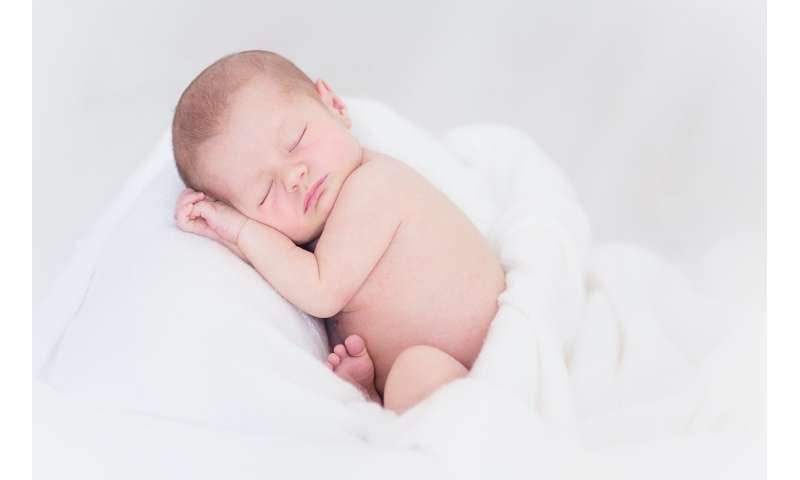
Healthy women have more than twice the chance of a normal labour and birth in a planned birth centre birth compared to a planned hospital birth, a major Australian study has found.
The study of more than 1.2 million Australian births provides new evidence about the safety of places of birth, especially birth centres and homebirth, and supports the development of safe midwife-led birth options for healthy women.
Researchers examined outcomes of 1,251,420 births from 2000 to 2012 to women with full-term (37 – 41 completed weeks’ gestation), singleton pregnancies without complications. Of these, 93.6 per cent were planned hospital births, 5.7 per cent were in a birth centre and 0.7 per cent were at home.
Compared with planned hospital births, the odds of normal labour and birth were more than twice as high in planned birth centre births and nearly six times as high in planned home births.
Planned birth centre births resulted in:
- high rates of normal labour and birth
- low rates of most maternal complications
- comparable perinatal mortality outcomes.
Women with planned home births had similarly positive maternal outcomes with no statistically significant differences in the rate of perinatal mortality or admission to a neonatal intensive care unit (NICU).
Led by Professor Caroline Homer of the Centre for Midwifery, Child and Family Health at the University of Technology Sydney (UTS), the study is the first comprehensive examination of maternal and perinatal outcomes from three birth settings across Australia.
Professor Homer, who is also Co-Program Director Maternal and Child Health at Burnet Institute, said the data was positive and encouraging, and supported the development of safe midwife-led birth options for healthy women.
“Australia’s debate on place of birth, especially the safety of giving birth at home, has been hampered by a lack of national data,” Professor Homer said.”The more successfully these community-based options are integrated and planned for in a country’s maternity system, the better the outcomes are for mothers and babies.”
Study co-author David Ellwood, Professor of Obstetrics & Gynaecology and Dean of Medicine at Griffith University, said: “This is the largest Australian study ever completed on birth outcomes by place of birth for low-risk women, and unequivocally shows the lack of measurable differences in terms of major safety risks for mother or baby. Moreover, women who choose an option other than the labour ward can expect much lower rates of interventions.
“From an obstetrician’s perspective, the results of this study clearly demonstrate that there are advantages for women and their babies in being able to choose their place of birth,” Professor Ellwood said.
From a policy perspective, the important elements in the outcomes for birth centre and home births are the leading role of midwives and the continuity of care they can provide. There is also an economic benefit when less intervention is required for mother and/or baby.
Professor Homer said both so-called “alternative” places of birth need to be considered as valid and reasonable options for Australian women, as is the case in many similar countries, including the United Kingdom, Canada and New Zealand.
“Deciding where to give birth should be a woman’s choice and now we have even more evidence to inform that choice.”
Source: Read Full Article